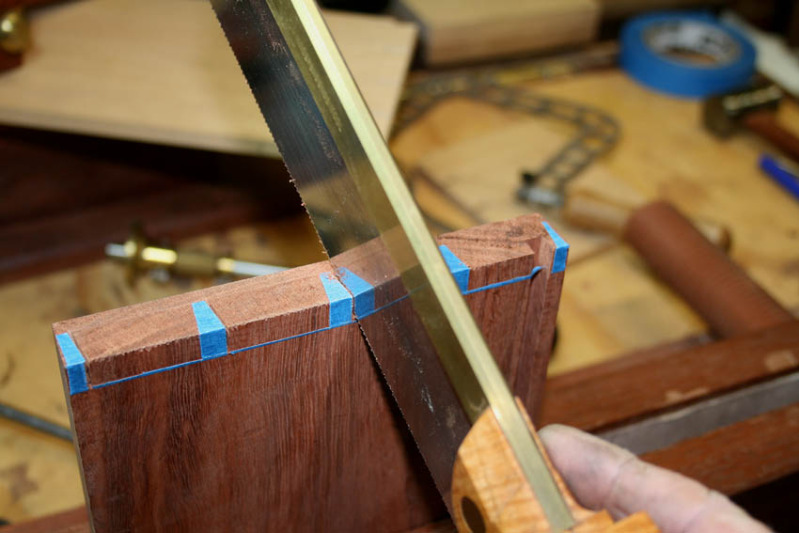I'm afraid its another ***** question from me. I know, because all the experts tell me, that I should be using marking knives for laying out my joints. But I find visibility a real problem. I have reasonable, though aging, eyesight but struggle to see my knifed lines when it comes to cutting. For example when transferring tails onto the pin board I normally use a knife but find it necessary to go over the lines with a fine pencil. When using a marking gauge its the same.
Any suggestions please about what I can do as I'm sure knifed lines without added pencil is the way to go. Any advice gratefully received.
thanks
Simon
Any suggestions please about what I can do as I'm sure knifed lines without added pencil is the way to go. Any advice gratefully received.
thanks
Simon


































